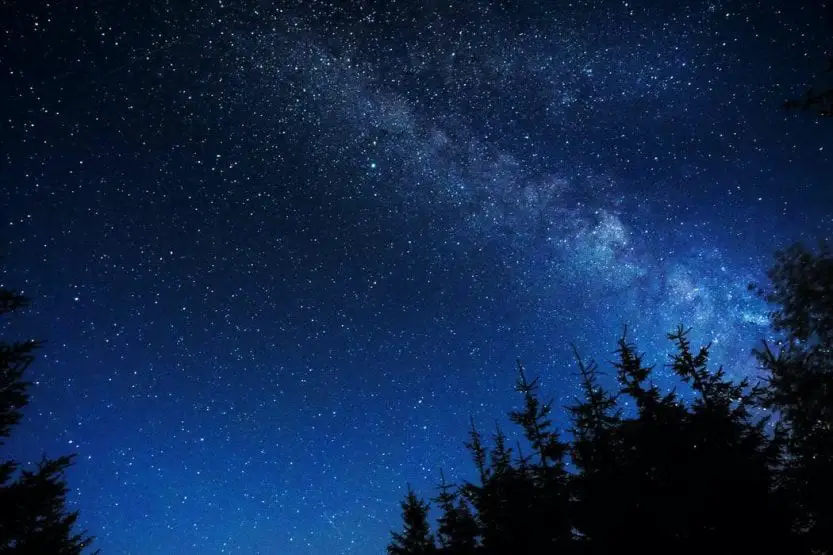We, as people, seldom realize the full extent of the mental and emotional impact colors exert on us. At a certain biological level, we are all wired to react to some colors in a particular way. For instance, red being the color of fire immediately induces in us feelings of warmth and comfort. We also tend to favor fruits that are more red than green because we have learned to associate red with ripeness and hence sweetness. Evolutionary forces have also taught us to be more attentive to bright colors as a considerable number of deadly plants, animals and insects are very vividly colored.
A lot of brands have also realized and capitalized on how certain colors make us feel a certain way. Most fast-food chains use plenty of reds and yellows in their logos and other marketing materials. This is because red induces hunger and yellow induces feelings of joy. A great psychological concoction to tempt people into your eatery.
Culturally, however, certain colors might mean very disparate things to two people raised in different places, religions and/or communities. Consider the color red. Chinese associate it with wealth and prosperity, but for South Africans it is the color of mourning. Similarly, in Western traditions, brides commonly wear white to their weddings. However, white is a mourning color in most South Asian communities. A Hindu wedding party would be aghast if the bride came in wearing white. It would be considered highly inauspicious, even unacceptable.
Some colors also start symbolizing different attributes with the passage of time. A long time ago, the color blue was thought to be highly feminine, but now it is seen as a masculine color. Below, we deep dive into more of this blue symbolism. Especially how religions around the world have come to look at blue in unique, sometimes contrasting ways.
Blue Symbolism in Judaism
Blue, more particularly, blue and white together hold a theologically significant place in Judaism. The Jewish prayer shawl called tallit has traditionally always been woven on a white cloth containing several black bands but one solitary blue string. The blue is said to have originated from the blue dye- tekhelet that is stated extensively in the Torah. The Torah directs believers to use tekhelet to dye one single string of their tallit blue. This was done to remind them of the blue sky- the abode of God. Blue also finds mention in the ten commandments story. It is said that when Moses climbed Mount Sinai, he was struck by a vision of God standing on a blue-hued surface.
The Hanukkah holiday decorations like the Hanukkah bushes are also almost exclusively blue and white. Moreover, the Jewish state Israel sports blue and white on its flag. It is the same flag that was hoisted outside the UN when Israel’s nationhood was accepted in 1949. The blue and white design on the flag is akin to one found on the tallit. This further underscores the significance of tekhelet in Judaism.
This reverence for blue seems to have originated from the fact that blue was worn by both royalty and by the Jewish high priests. Tekhelet continued to adorn priestly headdresses until the Roman invasion of 70 CE, which destroyed the Second Temple of Jerusalem and subjugated the local Jewish population.
However, some experts believe that cultural more than religious factors played a bigger role in the rise of blue and white as the sacred colors of Judaism. After the second World War, United States witnessed a considerable influx of Jewish families. These families then encountered the very American tradition of celebrating the holiday season with great pomp and show. Children from these Jewish families felt excluded from the extensive Christmas revelry that would take place in schools and elsewhere. This put cultural pressure on Jewish parents to have a similar, parallelly celebrated Jewish festival that would make Jewish kids feel included and content being Jewish. Hence, the emergence of Hannukah in a bigger avatar than ever before.
With Hannukah being celebrated with greater fervor, corporations like Hallmark jumped on this business opportunity and started creating offerings with blue and white colors. So, cultural desires of US settled Jewish families gave greater impetus to the blue symbolism founded in ancient Jewish traditions.
Blue Symbolism in Islam
When we think of colors with respect to Islam, there is only one color that seems to reign supreme. And that is the color green. However, the color blue is also considered holy even if it loses to green in popularity. In Middle Eastern cultures, blue is also thought to have powers of protection, which is why you find numerous blue-tiled mosques in several Middle Eastern countries. Some of the most famous mosques in Iran known for their mesmerizing architecture and tile work are completely blue in color. In Istanbul, the widely famous Ottoman-era Sultan Ahmed mosque is literally called the Blue Mosque.
Blue mosques are also to be found in Armenia, Egypt and Malaysia. Blue, coupled with green, adorns many modern Saudi Arabian mosques as well. While green remains the holiest color for Muslims around the world, blue comes in close second as it also symbolizes blessings and preservation.
Blue Symbolism in Christianity
In Christianity, blue is seen to symbolize the vast sky, which is the heavenly abode of God and his son, Jesus. Since blue represents the heavens above it has also come to be associated with desirable attributes like truth and honesty. In many Latin American cultures where Catholicism is dominant, the color blue signifies hope and health. It is also thought to bring in riches and prosperity. During the Byzantine Empire many churches came to be colored blue, further signifying the importance of this color for Christians everywhere.
Blue is most often associated with Virgin Mary. Several paintings and murals depict her with a blue colored robe and scarf. The Bible mentions many of the priests as wearing blue clothes. The Bible also narrates a story where a woman with a blood ailment was cured completely once she touched the blue colored hem of Jesus Christ’s robe. So, blue signals the word of God and his ability to heal through miracles.
Christian scriptures also mention sapphires, a blue gemstone, several times. These jewels decorated the sacred breastplates of the Israeli high priests. This blue jewel stone again appears as one of the many God is said to have decorated Lucifer with once He had created him. Finally, the Bible also goes on to say that sapphires will embellish one of the twelve New Jerusalem foundations to be laid down by God.
Blue Symbolism in Hinduism

Color symbolism runs very deep in Hinduism with multiple colors representing multiple Hindu gods and goddesses. The colors signify these deities’ powers and mystique, popularized through the many mythological stories repeated in every Hindu household.
Popular Hindu Gods like Lord Rama and Krishna are usually painted with a blue face and body. Both are known for their exceptional bravery and unwavering determination in the face of evil. Hindu mythological masterpieces- Ramayana and Mahabharata chronicle and extol the many virtues of both these gods. Through these tales, the color blue came to symbolize courage and strong resolve in Hinduism.
In Hindu Mythology, three deities are held to be the most superior since all other gods and goddesses are considered to their re-incarnations. These three gods are- Brahma, who created the universe; Vishnu, who guards and preserves the universe and all its creations, and finally Shiva, the destroyer. Vishnu sleeps for eternities on his seven-headed snake. He wakes up only when there is a calamity. After waking up, he proceeds to save the world. Krishna, the blue god, is said to be a re-incarnation of Vishnu.
Krishna is also sometimes fondly called Nilakantha that can be translated as the blue-necked god. The origin of this name is in a mythical story that described Krishna drinking poison to save humanity. He was unscathed by the poison while the whole of god’s creation was saved from extinction. Thus, blue reminds Hindus of the existence of evil and how gods come to humanity’s assistance for deliverance from these said evils. Worshipping the blue- faced Krishna is supposed to bring you joy and love. Krishna also started the tradition of playing Holi- the Hindu festival of colors. This festival is still widely celebrated in present-day India where family and friends get together for a day of merriment, throwing colors at each other.
For Hindus, the color blue symbolizes the infinite as well. And the blue- colored gods are a way for mere humans to understand this infinite universe. The sky, seas and rivers are all vast and blue. Hence, blue has come to mean vastness and peace. Vishnu, his re-incarnate Krishna, and Shiva all have blue skin, which represents the depth of their spirit.
Colors hold a multitude of stories within them- capable of evoking in us a variety of emotions. They imbue every believer with a deep appreciation for their unique traditions and rituals.



